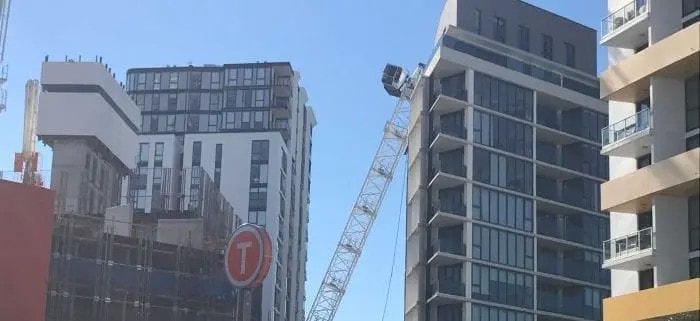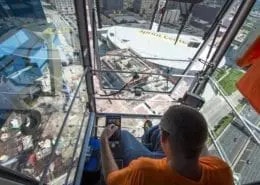The weather is one of the most challenging aspects to manage when dealing with outdoor events. Usually, events involve large structures, massive crowds and a great deal of equipment.
Weather-related incidents in open fields where assets or property can be damaged have very little risk for human life. However, outdoor events, where hundreds or even thousands of persons may be present at once, have a much higher chance of injury or death from weather-related accidents.
Outdoor events are generally planned based on weather forecasts, but this comes with several limitations:
- Weather forecasting has limited accuracy and provides no information on short-duration and high-risk events, such as wind gusts.
- Several factors must be weighted before deciding to cancel an outdoor event. If the decision is taken based only on weather forecasts, there is no data measured on-site to justify it. The event organiser can handle claims more effectively if there is hard evidence that weather conditions affected the event.
Stages and Harsh Weather: A Risky Combination
Most stages are temporary structures, just like cranes, and therefore they are vulnerable to gusts. Stages have a combination of mechanical properties that make them very vulnerable to strong winds:
- They use large fabric sheets as temporary walls and ceilings. Under the wind, sheets can become sails and are exposed to significant drag forces. The force may be capable of ripping them apart or bringing down the entire stage structure.
- The canopy of concert stages is very heavy since it bears the weight of spotlights and audio equipment. Since the underlying structure is much lighter, the structure can only tolerate a small amount of deformation before collapsing.
A very simple solution is to lower the canopy in response to strong winds, and the structure can be designed to allow this without being fully dismounted. On-site wind monitoring can be used in conjunction to determine if local wind conditions are unsafe for a concert stage.
Lack of Standardisation in the Outdoor Event Industry
PLASA, the Professional Lighting and Sound Association, is an international organisation for companies who provide technology and services for outdoor events. They have offices in Europe and North America, with more than 425 members in total.
Although PLASA provides best practices and recommendations on how to conduct outdoor events safety, these do not always translate into government-enforced standards. If PLASA guidelines are optional, event organisers may overlook them to cut costs, makings outdoor events riskier. However, an accident is considerably more expensive than prevention: the outdoor stage may be destroyed completely, and the organiser may face lawsuits if there is human damage. In addition, the negative publicity after the incident can take the company responsible for it out of business.
Advantages of Live Weather Monitoring
A live weather monitoring system like WINDCRANE can make outdoor venues much safer, and there are many reasons why:
- Event organisers get a real-time snapshot of weather conditions second by second, instead of relying on forecasts and warnings from the local meteorology service. Live data gathered on-site provides a better basis to take decisions.
- WINDCRANE includes a mobile application with programmable alerts, which can be installed by key personnel on their smartphones. If dangerous weather conditions are detected they can act immediately, preventing accidents or minimising the damage in case they occur.
- If an event was cancelled due to bad weather, the data logged by WINDCRANE lets the organiser handle claims more effectively. In some cases, it may be possible to avoid costly litigation with the data gathered.







